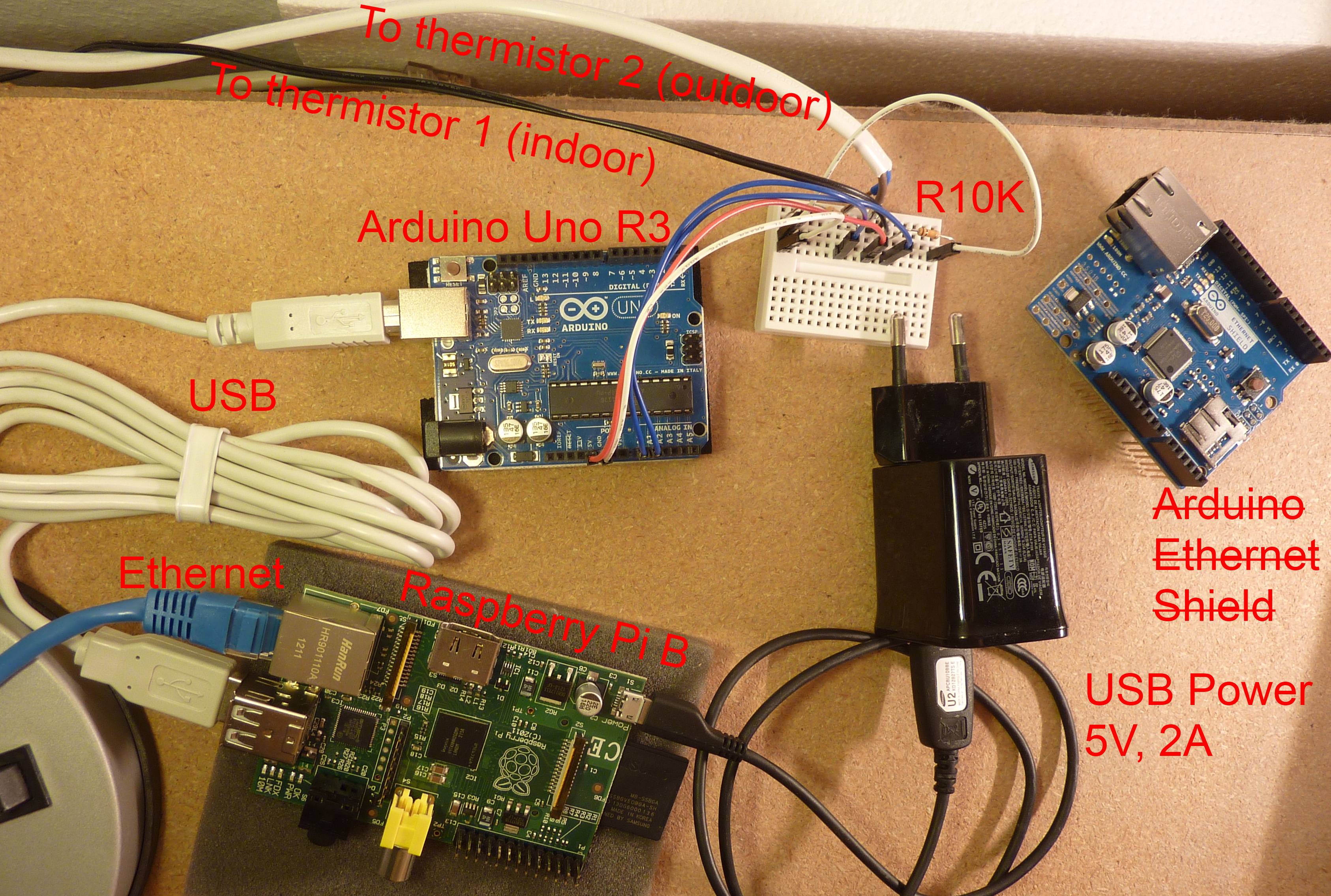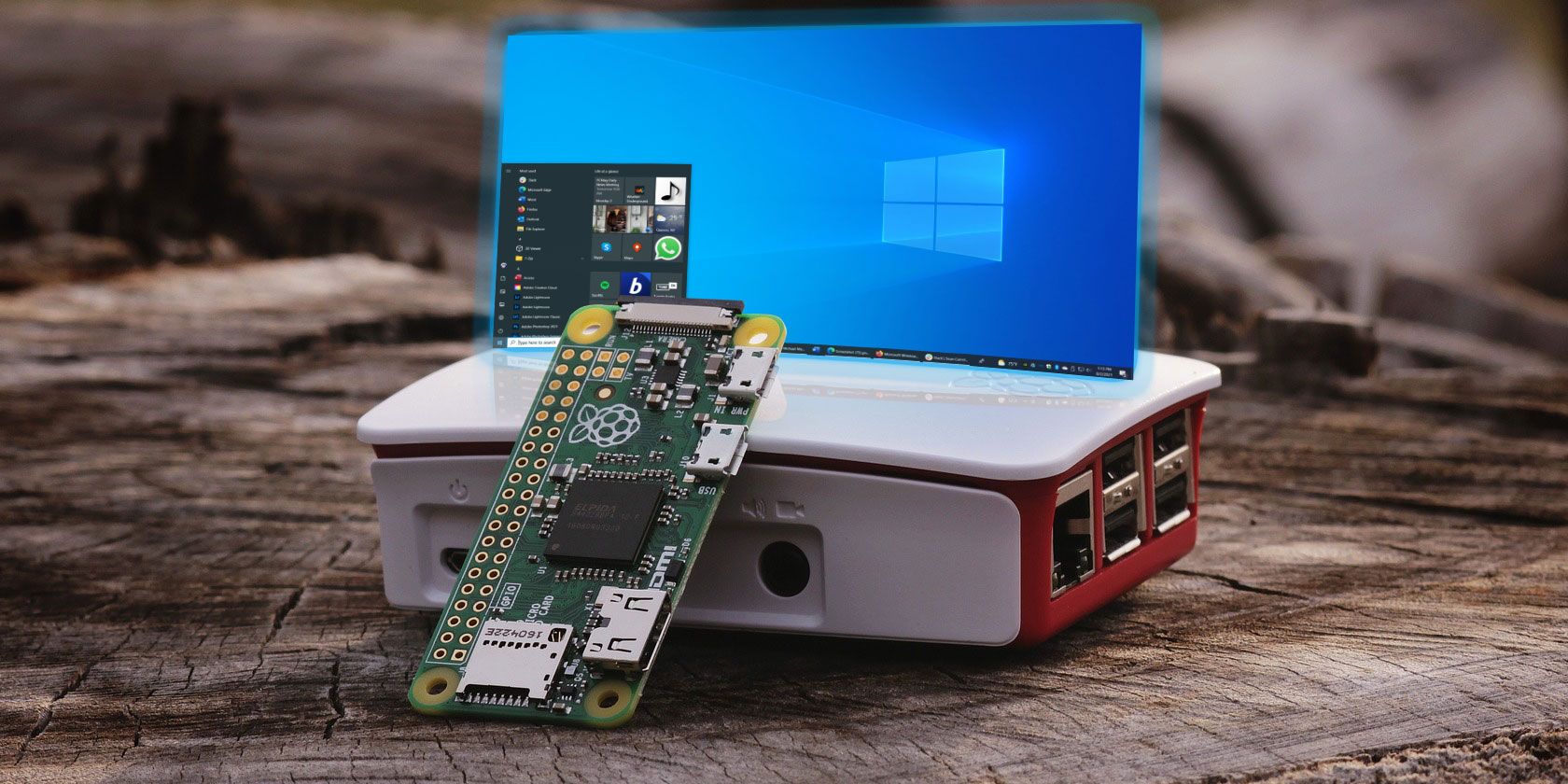In today's digital age, securely connect remote IoT VPC Raspberry Pi download windows is a crucial concept for businesses and tech enthusiasts alike. As more devices become interconnected, ensuring secure communication and data transfer is essential. This guide will provide you with an in-depth understanding of how to secure your IoT devices while connecting them remotely through a Virtual Private Cloud (VPC) using Raspberry Pi.
As the Internet of Things (IoT) continues to grow, so does the need for secure connectivity. Whether you're managing smart home devices or industrial automation systems, ensuring secure remote access is vital to protect sensitive data and maintain operational integrity. This article will walk you through the steps to establish a secure connection between your IoT devices, VPC, and Raspberry Pi, along with downloading necessary software on Windows.
Our focus is not only on providing technical guidance but also ensuring compliance with best practices for cybersecurity. By the end of this article, you'll have a clear understanding of the tools, configurations, and security measures required to create a robust and secure IoT environment. Let's dive into the details.
Read also:Nick Mullen On Turning 30 A Journey Of Growth Reflection And Humor
Table of Contents
- Biography
- Overview of IoT Security
- Raspberry Pi's Role in IoT
- Understanding VPC
- Secure Connection Methods
- Setting Up Remote Access
- Downloading Required Software on Windows
- Best Practices for IoT Security
- Troubleshooting Common Issues
- Conclusion
Overview of IoT Security
Why IoT Security Matters
IoT security is more than just protecting devices; it's about safeguarding the entire ecosystem. As more devices connect to the internet, the risk of cyberattacks increases exponentially. According to a report by Gartner, the number of IoT devices is projected to reach 25 billion by 2030. This rapid growth underscores the importance of implementing robust security measures.
Common threats to IoT devices include unauthorized access, data breaches, and malware infections. To mitigate these risks, organizations must adopt a multi-layered security strategy that includes encryption, authentication, and regular firmware updates.
Securely Connect Remote IoT Devices
Securing remote IoT devices involves several key steps. First, ensure that all devices are authenticated before granting access. Use strong passwords and multi-factor authentication (MFA) whenever possible. Additionally, implement encryption protocols such as TLS (Transport Layer Security) to protect data in transit.
Regularly update device firmware to patch known vulnerabilities. This proactive approach helps prevent attackers from exploiting outdated software. Monitoring network traffic for unusual activity is another critical component of IoT security.
Raspberry Pi's Role in IoT
What is Raspberry Pi?
Raspberry Pi is a small, affordable computer that has become a popular choice for IoT projects. Its versatility, combined with a wide range of input/output (I/O) capabilities, makes it an ideal platform for connecting and controlling various devices.
Raspberry Pi supports multiple operating systems, including Raspbian, Ubuntu, and Windows IoT Core. This flexibility allows developers to choose the best environment for their specific use case. Additionally, Raspberry Pi's open-source nature encourages innovation and collaboration within the developer community.
Read also:Vanessa Trump A Comprehensive Look At Her Life Career And Influence
Using Raspberry Pi for Secure IoT Connections
Raspberry Pi can be configured to act as a secure gateway for IoT devices. By setting up a firewall and enabling encryption, you can ensure that only authorized devices can communicate with your network. Raspberry Pi can also run lightweight server applications, such as SSH (Secure Shell) and MQTT (Message Queuing Telemetry Transport), which facilitate secure data exchange.
For example, you can configure Raspberry Pi to act as an MQTT broker, allowing IoT devices to publish and subscribe to messages securely. This setup enables real-time communication between devices while maintaining data integrity.
Understanding VPC
What is a Virtual Private Cloud (VPC)?
A Virtual Private Cloud (VPC) is a logically isolated section of a cloud provider's infrastructure. It allows you to create a private network where you can launch and manage your resources securely. VPCs provide several advantages, including enhanced security, flexible networking options, and fine-grained access control.
Amazon Web Services (AWS), Google Cloud Platform (GCP), and Microsoft Azure are popular cloud providers that offer VPC services. These platforms provide tools to configure subnets, route tables, and security groups, giving you granular control over your network environment.
Benefits of Using VPC for IoT
Using a VPC for IoT projects offers several benefits. First, it isolates your IoT devices from the public internet, reducing the risk of unauthorized access. Second, VPCs enable you to define custom IP address ranges and subnet configurations, making it easier to manage large-scale deployments.
Additionally, VPCs support advanced security features such as network access control lists (ACLs) and security groups. These features allow you to specify which devices and services can communicate with each other, further enhancing the security of your IoT ecosystem.
Secure Connection Methods
Implementing SSH for Secure Communication
Secure Shell (SSH) is a cryptographic protocol used to secure communications between devices. By enabling SSH on your Raspberry Pi, you can establish a secure connection to manage and monitor your IoT devices remotely.
To configure SSH on Raspberry Pi, follow these steps:
- Enable SSH in the Raspberry Pi Configuration tool.
- Generate SSH keys using the ssh-keygen command.
- Copy the public key to the authorized_keys file on the server.
- Test the connection using the ssh command.
SSH provides a secure channel for transferring data and executing commands, making it an essential tool for managing IoT devices.
Using TLS for Data Encryption
Transport Layer Security (TLS) is a widely used protocol for encrypting data in transit. By implementing TLS in your IoT setup, you can ensure that sensitive information remains confidential and protected from eavesdropping.
Popular IoT protocols such as HTTPS, MQTT over TLS, and CoAP over DTLS support encryption using TLS. To configure TLS on Raspberry Pi, you'll need to install and configure a certificate authority (CA) and generate SSL certificates for your devices.
Setting Up Remote Access
Configuring Remote Access on Raspberry Pi
Setting up remote access to your Raspberry Pi involves several steps. First, ensure that your device is connected to the internet and has a static IP address. Next, configure your router to forward incoming traffic to the Raspberry Pi's IP address.
To secure remote access, use a strong password and enable two-factor authentication (2FA) whenever possible. Additionally, limit access to specific IP addresses or ranges to reduce the risk of unauthorized access.
Connecting to Raspberry Pi from Windows
Connecting to Raspberry Pi from a Windows machine is straightforward. You can use tools such as PuTTY or Windows PowerShell to establish an SSH connection. Here's how:
- Download and install PuTTY or use Windows PowerShell.
- Enter the Raspberry Pi's IP address in the Host Name field.
- Set the port to 22 (default SSH port).
- Log in using your Raspberry Pi's username and password.
This setup allows you to manage your Raspberry Pi and connected IoT devices remotely from your Windows machine.
Downloading Required Software on Windows
Software Tools for IoT Development
Several software tools are essential for IoT development on Windows. These include:
- Python: A versatile programming language widely used in IoT projects.
- Node-RED: A visual tool for wiring together hardware devices, APIs, and online services.
- Mosquitto: An open-source MQTT broker for managing message exchanges.
To download these tools, visit their official websites and follow the installation instructions. Ensure that you download the latest stable versions to benefit from the latest features and security updates.
Installing Python on Windows
Python is a popular choice for IoT development due to its simplicity and extensive library support. To install Python on Windows, follow these steps:
- Download the installer from the official Python website.
- Run the installer and select the "Add Python to PATH" option.
- Complete the installation process and verify the installation by running the python --version command.
With Python installed, you can start developing IoT applications and scripts for your Raspberry Pi.
Best Practices for IoT Security
Regular Firmware Updates
Keeping your IoT devices up to date is crucial for maintaining security. Regular firmware updates address known vulnerabilities and improve device performance. To ensure timely updates, enable automatic updates whenever possible or establish a routine for manual updates.
Monitor your devices for update notifications and apply patches promptly. This proactive approach helps protect your IoT ecosystem from emerging threats.
Monitoring Network Traffic
Monitoring network traffic is an effective way to detect and respond to potential security threats. Use intrusion detection systems (IDS) and network monitoring tools to analyze traffic patterns and identify anomalies.
Tools such as Wireshark and Snort can help you monitor and analyze network traffic in real time. By setting up alerts for suspicious activity, you can take immediate action to mitigate potential risks.
Troubleshooting Common Issues
Connection Problems
Connection issues are common in IoT setups. To troubleshoot these problems, check the following:
- Ensure that all devices are connected to the same network.
- Verify that the correct IP addresses and port numbers are configured.
- Check firewall settings to ensure that necessary ports are open.
If the problem persists, consult the device documentation or seek assistance from the manufacturer's support team.
Performance Issues
Performance issues can arise due to resource constraints or misconfigurations. To optimize performance, consider the following:
- Upgrade hardware components such as memory and storage.
- Optimize software configurations to reduce resource usage.
- Implement load balancing and caching mechanisms to improve efficiency.
Regularly monitor system performance and address bottlenecks to ensure smooth operation.
Conclusion
Securing remote IoT connections through a VPC using Raspberry Pi and Windows is a complex but rewarding endeavor. By following the steps outlined in this article, you can create a robust and secure IoT environment that protects your devices and data from potential threats.
We encourage you to implement the best practices discussed and continuously monitor your IoT ecosystem for any signs of compromise. Share your experiences and insights in the comments section below, and don't forget to explore other articles on our website for more valuable information.

